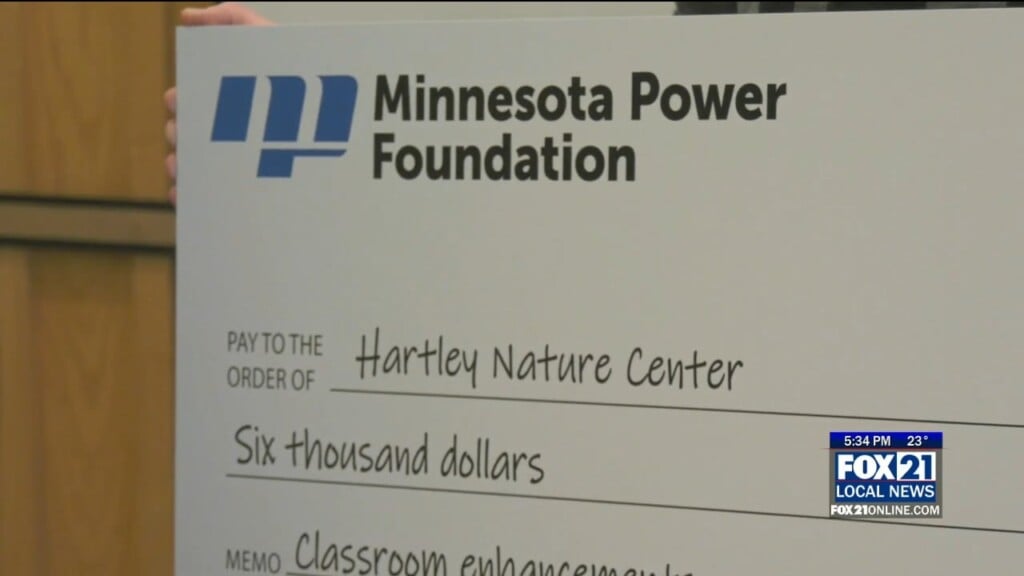Working Together For the Benefit of Humans and Trout
NEAR ASHLAND, Wisc. — The Bipartisan Infrastructure Law and the Inflation Reduction Act provided $40 million dollars to increase and expand the scope of infrastructure updates. The Forest Service turned to Trout Unlimited, one of its oldest and strongest partnerships to help restore watersheds, streams, and habitat.
“We sat down with Trout Unlimited and created a national agreement, our largest at the time, for $40 million dollar potentially for them to do watershed and stream restoration projects across all the national forests across the country,” said Chris French, the Deputy Chief of the U.S. Forest Service for the National Forest System. “So, the National Forest system, 193 million acres of National Forest in 46 states, and we asked them to start working with us to do this in the broadest way possible.”
One of the projects highlighted was a culvert replacement. In a 2016 Flood, the entire culvert crossing on Twentymile Creek completely failed wiping out the crossing and making travel impossible The Creek is a high-quality trout stream that Tout Unlimited wanted to protect. The Forest Service rebuilt the culvert crossing, using information from Trout Unlimited. This meant that instead of the three-and-a-half-foot culvert that had been in place, it was replaced with a ten-foot culvert. The larger size accomplished a couple of things,
Keith Curley, the Trout Unlimited Vice President for Eastern Conservation said, “It’s really common to find pipes that were put in 40, 50 years ago, 60 years ago and they were put in at a time when we didn’t experience the intense rainfall that’s so common now and is expected to continue in the future.”
Another project that was highlighted showed how large wood structures were created along the banks of the Marengo River. This kept the banks from further eroding which was happening as water was rising more often. This caused dirtier water and hurt food supplies for the Trout and other fish in the river.
Curley said, “The woody structures along the bank, it provides places where the insects can live, it provides an area where minnows can hang out and get out of the current and so it produces more food for the fish.”
The work of these two groups is already helping across the country. The Deputy Chief of the Forest Service says that more than 45 percent of municipal water supplies originate from National Forest Systems Land.







